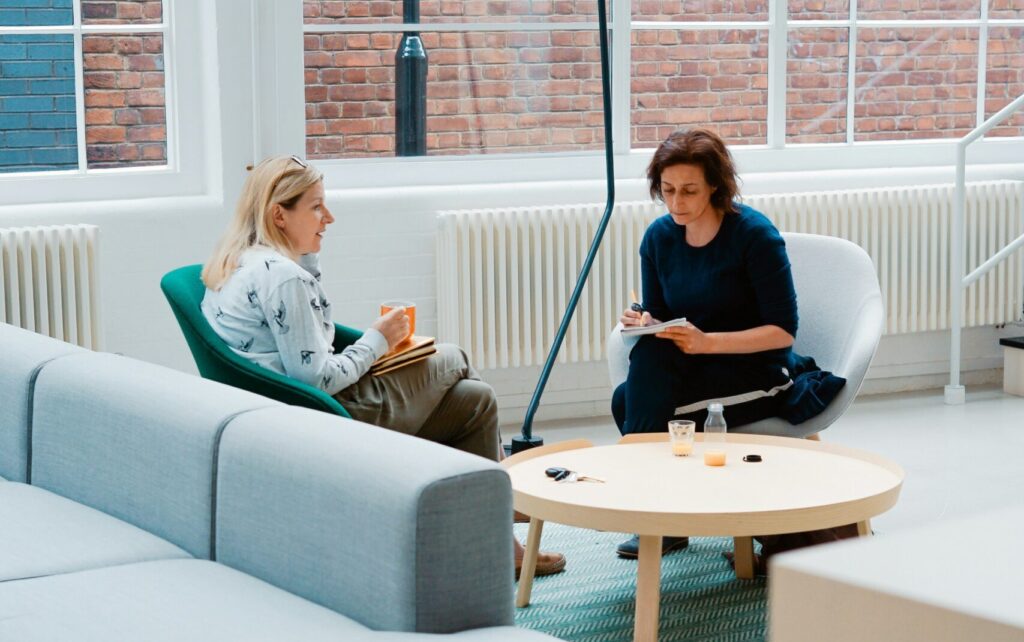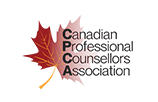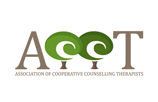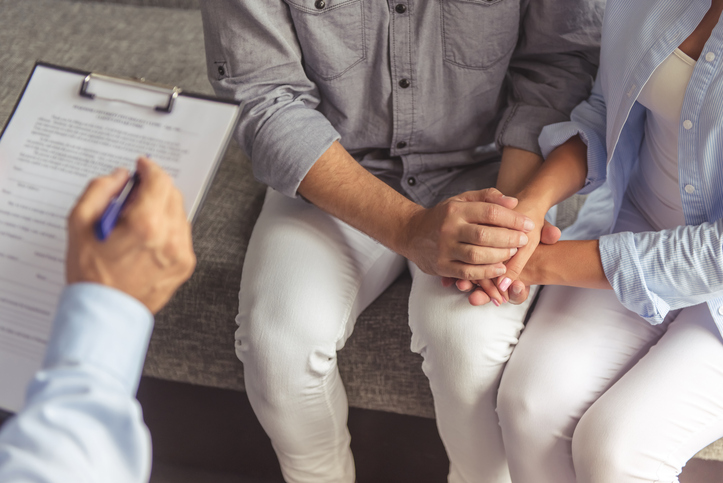
Developing healthy relationships is an essential part of a person’s social, emotional, and psychological well-being. These relationships can include romantic partners, friends, co-workers, and family members. People often find themselves in relationship patterns, when they are with different people but the behaviours and goals in the relationship remain the same (Van Edwards, 2021). Many people find it hard to break the pull towards others that recreate familiar but unhealthy relationship roles (Martin, 2020).
This is where a professional relationship counsellor can help. As a counsellor, you will be able to carefully listen to clients, assess their relationship situations, and help them to find successful solutions. By identifying trends, behaviours, and underlying causes in a cycle of unhealthy relationships, you can assist clients in developing more positive and fulfilling relationships.
Identifying Relationship Patterns
In order to end toxic patterns in relationships, clients must first be able to identify the trends and behaviours in their relationship that are harmful or inhibiting. Relationship patterns tend to dictate three different aspects of a relationship: the kind of person we pick, how we interact with them, and how we let them treat us (Van Edwards, 2021).
For the client, the key is awareness and being able to perceive old trends not just on the other person’s part but in their own behaviour too (Meraki, 2019). By understanding the classic types of attachment in their own person, they can understand those patterns in others too (Meraki, 2019). While each client will exhibit nuanced relationship patterns, some common patterns include codependency, volatility, parental behaviour, excessive control, and a desire to fix the other person (Van Edwards, 2021). Those with relationship counselling training should be aware of these patterns and know how to identify them in a client’s situation.

Relationship counselling can help clients to identify the typical patterns of behaviour in their relationship
Recognizing Harmful Behaviour
Ideally, one would be able to recognize unhealthy behaviours in a person before entering into a relationship with them. Often, however, the early warning signs of toxic behaviour may be easy to miss. In particular, clients who have a history of being around dysfunctional behaviour – for example in their family upbringing – may not know what a healthy relationship looks or feels like (Martin, 2020). The absence of good role models may distort their expectations of positive adult relationships.
In that case, clients may be forced to deal with harmful behaviour in their relationships, including physical abuse, emotional or mental abuse, dishonesty, and jealousy (Martin, 2020). This may also nurture feelings of codependency, consisting of an unbalanced relationship in which one person over-functions while the other person behaves immaturely or irresponsibly (Martin, 2020). Clients may be unwilling to address these issues and resort to retreating emotionally or physically when things get uncomfortable (Martin, 2020). Professionals with relationship counselling experience are responsible for creating a safe space to listen to their clients and offer them emotional, physical, and mental support for their relationship.
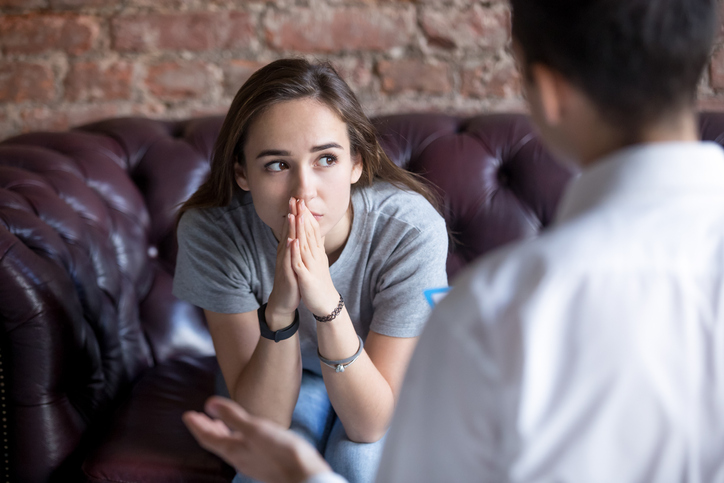
Clients may have difficulty recognizing toxic behaviour patterns depending on their past experiences
Understanding the Underlying Cause With Relationship Counselling
As a relationship counsellor, it’s important to work with your client to identify the underlying causes of the relationship pattern. Patterns of harmful behaviour are usually devised by the subconscious, representing something that is either unfulfilled or unresolved (Strong Sensitive Souls, 2021). Generally, we repeat things because they are familiar, and this applies to dysfunctional relationships (Martin, 2020). Usually, there are underlying traumas, learned behaviours, and unconscious emotions at play in unhealthy relationship patterns (Martin, 2020). Our beliefs, coping mechanisms, and behavioural patterns are derived from our early experiences and become an integral part of our identity (Martin, 2020). As a professional relationship counsellor, you can encourage clients to reflect on those past experiences, evaluate their own situation and goals, and develop more positive relationships in the process.
Are you interested in taking relationship counselling courses?
Contact Rhodes Wellness College today!
Works cited:
Van Edwards, V. (2021). The 5 Relationship Patterns. Retrieved from https://www.scienceofpeople.com/relationship-patterns/
Martin, S. (2020). 6 Tips for Ending a Cycle of Unhealthy Relationships. Retrieved from https://www.psychologytoday.com/ca/blog/conquering-codependency/202010/6-tips-ending-cycle-unhealthy-relationships
Strong Sensitive Souls (2021). 5 Keys to Breaking Bad Relationship Patterns. Retrieved from https://strongsensitivesouls.com/bad-relationship-patterns/
Meraki, K. (2019). Breaking Unhealthy Relationship Patterns. Retrieved from https://medium.com/live-your-life-on-purpose/breaking-unhealthy-relationship-patterns-f4365368ebad




